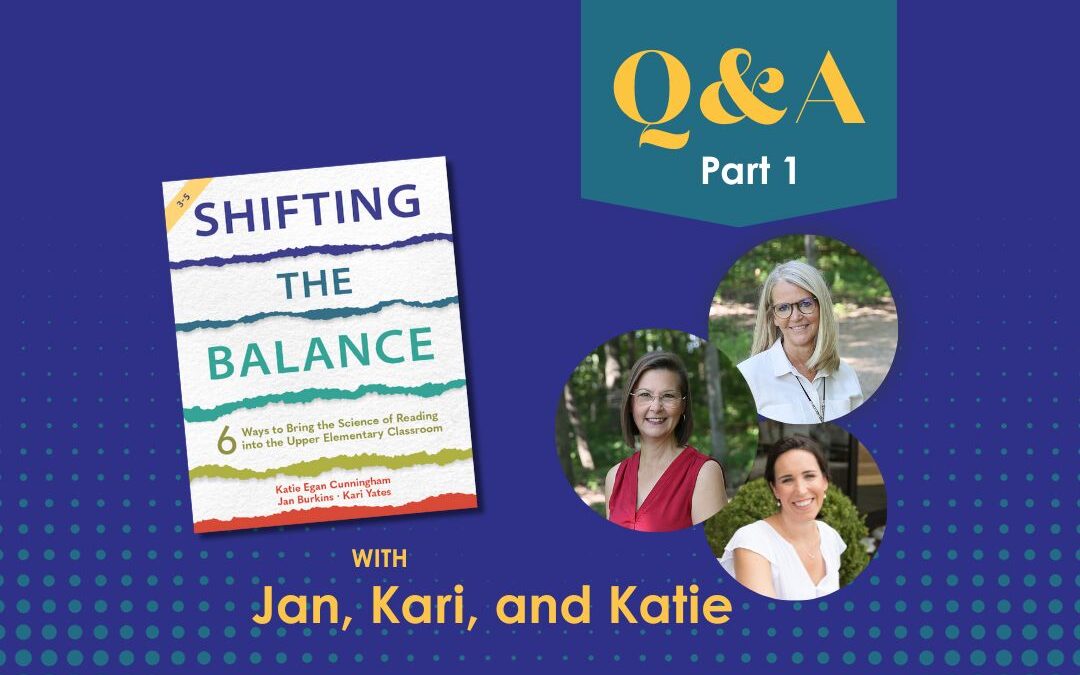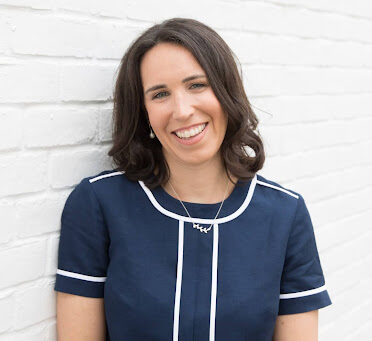Q: Want to learn more about the newest Shifting the Balance book, which explores 6 Ways to Bring the Science of Reading into the Upper Elementary Classroom?
A: Keep reading because today’s blog is Part 1 of a 2-part Q&A series that answers some common questions readers ask about this newest project.
Read to find out more about this much-anticipated follow-up to Shifting the Balance: 6 Ways to Bring the Science of Reading into the Balanced Literacy Classroom, and find out how this new resource can support you and the students you serve.
Q: What led you to write this book?
Q: How do the two books complement each other?
A: The first Shifting the Balance book is organized as an invitation to teachers of beginning readers (in any grade) to consider 6 shifts to literacy practice, each in a key area. The six more shifts we offer in this new book extend the learning from the first book and are really for anyone who works with students who have moved past the “beginning to read” phase. These new shifts are for teachers of any grade who want to help students learn to read with increasing accuracy, automaticity, comprehension, purpose, and joy. So while the label 3-5 makes clear that the student examples in this book are of students in grades 3-5, we all know that reading development isn’t so tidy. It doesn’t fit neatly into grade-level designations. So, we encourage educators to interpret the grade-level designations in the book loosely. These grade levels define the examples in the book, not the science.
Q: What did you learn about how to support those readers who are past the “beginning to read” phase as you scrutinized the research often referred to as the “science of reading”?
A: In writing this book, we found, as have others, that research on reading continues to evolve. Several important meta-analyses have come out recently, and these studies of studies that merge and synthesize findings were especially helpful. Along the way, we developed a deeper and deeper understanding of (and became more and more excited about) the promising role of knowledge in reading comprehension, the ways we might become more strategic about our strategy instruction, which instructional methods help vocabulary words to stick, and more. One of the taxing but fun challenges of writing the book was honing in six shifts that were compelling enough because of their strong evidence base and their classroom relevance. Once we knew which six shifts would serve as the backbone for the book, we then worked to decide – within each of those shifts – which misunderstandings and high-leverage practices to prioritize.
Q: What are the concerns that upper elementary teachers have, in particular, that you’ve addressed in the book?
A: As children progress through the elementary grades, the gap between more- and less-proficient readers grows. This means that upper elementary teachers must simultaneously support children with grade-level skills while also addressing the needs of children who haven’t mastered the code yet or who don’t seem to be making progress with comprehension. There is an urgency that develops– especially as children approach middle school–because instructional time becomes even more precious. We’ve addressed these concerns throughout the book to give teachers research-backed support for how to navigate this competing tension as they work to support all readers.
Next time, we will continue to explore common questions readers have about the newest Shifting the Balance book, including specific questions about each NEW shift.
❤️ Jan, Kari, and Katie





Dear Jan, Kari and Katie, I love your new book as I’m a resource Teacher for Literacy in New Zealand working mostly with older students and their teachers. Will you be preparing any webinars to go with the book which will be recorded due to the time difference? Ngā mihi nui (many thanks).
Hello, Sarah!
Thanks for connecting and for teaching us a new phrase of gratitude.
We don’t currently have any webinars. However, we have several opportunities for asynchronous online learning opportunities that you can access when it works for you – your schedule and your pace. We have an online class to support our K-2 Book (beginning readers) and our 3-5 book (developing readers) as well as our Sight Word Success Mini-Course. You can access information about each of them on the site. Check out the Online Classes tab. We wish you the best!
Jan and Kari